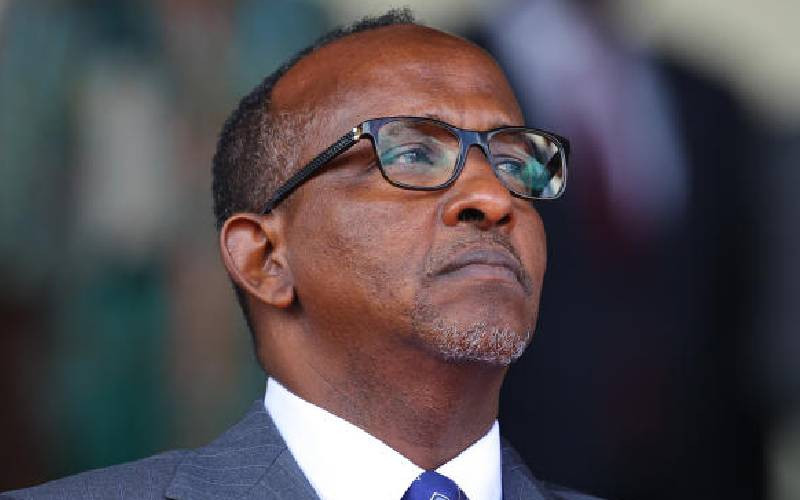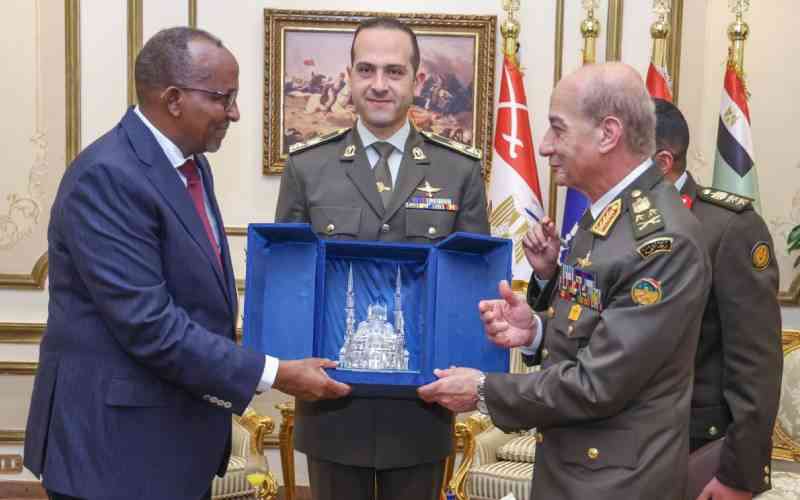In Emanyulia, where I was born, when people die we want to know why they died. We want to know who has killed them or what killed them.
For here, people don’t just die. They are killed. And so we want to know the reason, the agency and the circumstances of their death. We conduct a social autopsy of every death.
We are not at peace with ourselves and with the departed spirit, until the social autopsy is complete. We will sometimes be talking about a particular killing for years to come. Yet, occasionally, the answers may remain unclear. In such a case the dead is veritably encouraged to act. “Go well,” we tell him, “If you died because your time had come, then sleep peacefully. But, if it was someone who killed you, then please die with him or her. Avenge yourself like a true son of Emanyulia,” we say.
In certain instances, there is absolutely no need for us to make this invocation. For it is clear that the person was killed. Such reality obtains in the case of violent death. We may not know the killers, or the triggers and drivers of the violence.
Our restlessness will not depart us, however, until we have some inkling into why and how it happened. When we throng a funeral, we do so in the expectation of some answers. We listen keenly, quietly, and attentively as testaments are made about the dead. We are at our keenest when the narrative shifts to how this person met death.
We are not alone in this conduct. Prof Gerard Prunier, recalling the long history of genocide in Rwanda 1959 – 1994, has said, “Respect for the dead does not preclude an effort at understanding why they died.” Observing that the media has often been accused of “shouting” in “some vulgar way about genocide and sexual scandals,” he nonetheless says, “It is perfectly understandable to think that silence is the ultimate respect to the victim.”
Accordingly, when people are massacred as we have recently witnessed in Garissa, it is a show of good conduct to limit information about their death to the “decent minimum.” To talk about how they died is considered “insensitive to their families” and “disrespectful to the dead.”
That was why on December 18, 2014, Kenya’s National Assembly enacted, within the controversial security laws, an article that criminalises publishing of information about a situation such as the Garissa heartbreak beyond certain “acceptable limits.” The question is, acceptable to whom?
We have glossed over the deaths of 142 Kenyan youth, staying in the “decent” territory of statistics and what the government did and what they failed to do. We have stayed with “safe” and “decent” narratives of the survivors and scratched at the surface of things.
The details of what, exactly, the demented terrorists did must stay permanently under the cover of things. They are too gory, too macabre to come out. Soon these young people will be yet another set of our national statistics. The people and their memory will be buried in the dark dustbin of history. They will be remembered only to the extent that some new tragedy evokes the memory of their numbers. They will not even be former people with names, character, background or family. No, they will be just numbers. The tragedy is compounded by the fact that most will have left no descendant, young people that they were.
Prunier has decried this practice. “Understanding why they died is the most fitting memorial we can raise for the victims,” he has said. Writing in the volume titles The Rwanda Crisis: History of a Genocide, he states, “Letting their deaths go unrecorded, or distorted by propaganda, or misunderstood through simplified clichés, would in fact bring the last touch to the killer’s work in completing the victim’s dehumanisation.” He concludes, “ Man is largely a social construct, and to deny a man the social meaning of his death is to kill him twice, first in the flesh, then in the spirit.”
North Eastern political leaders and other Islamic and Somali leaders have told us they know who was behind the Garissa University College murder on April 2. They have promised to name them, even as pressure is mounting on some of them that they could be the owners of the death squads.
They are saying here in Emanyulia that they want to know why our children died and who killed them. And they have said to me, “Son of Emanyulia, please tell the Leader of Majority in the National Assembly, Mr Aden Dwale, that this is not the usual political night running. This is a different ball game.” While, like most us, some of these leaders may not know who did this dastardly thing, we are for now holding them to account, here in Emanyulia. Our people are asking for answers from the political and religious classes in North Eastern. And it is not as if they will rest, until they have the answers.
Once long ago, there lived in Emanyulia a man called Mt Elgon. He had a little mountain from which he would shout out your name. It was believed that such a call alone would be enough to send you to the Hereafter. Now, one day, in 1979, the Mountain’s son called Mt Elgon Junior, was alleged to have killed some other son of Emanyulia. Soon after the burial of his alleged victim, Mt Elgon Jr was exiled from Emanyulia.
The people of Emanyulia are saying they don’t want to go in that direction. They want to live peacefully with everybody, as they have always done.
Stay informed. Subscribe to our newsletter
This will be helped to a great deal if they know who killed their children and why. Mr Duale and your friends, the ball is in your court. We are told this killing machine is Kenyan. Mr Duale, who killed our children? Why? Please don’t let them die twice. We want to know the owner of this killer machine, the planning and details of our children’s deaths, Mr Duale.
 The Standard Group Plc is a
multi-media organization with investments in media platforms spanning newspaper
print operations, television, radio broadcasting, digital and online services. The
Standard Group is recognized as a leading multi-media house in Kenya with a key
influence in matters of national and international interest.
The Standard Group Plc is a
multi-media organization with investments in media platforms spanning newspaper
print operations, television, radio broadcasting, digital and online services. The
Standard Group is recognized as a leading multi-media house in Kenya with a key
influence in matters of national and international interest.
 The Standard Group Plc is a
multi-media organization with investments in media platforms spanning newspaper
print operations, television, radio broadcasting, digital and online services. The
Standard Group is recognized as a leading multi-media house in Kenya with a key
influence in matters of national and international interest.
The Standard Group Plc is a
multi-media organization with investments in media platforms spanning newspaper
print operations, television, radio broadcasting, digital and online services. The
Standard Group is recognized as a leading multi-media house in Kenya with a key
influence in matters of national and international interest.







